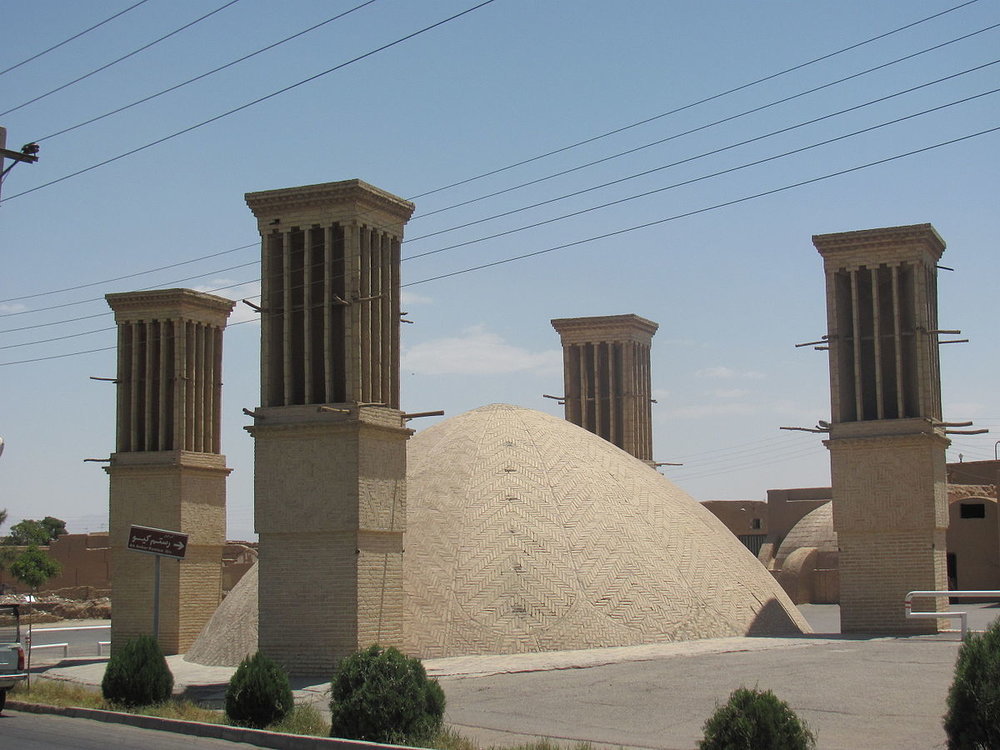Qanats offer clues to ancient way of life in Iran

TEHRAN – For thousands of years, qanat systems have supplied water to agricultural and permanent settlements in arid regions of Iran, tapping alluvial aquifers at the heads of valleys and conducting the water along underground tunnels by gravity, often over many kilometers.
The concept of “Persian Qanat” was registered on the UNESCO World Heritage list in 2016, representing a select of eleven aqueducts across Iran.
According to UNESCO, The qanats provide exceptional testimony to cultural traditions and civilizations in desert areas with an arid climate.
The qanat system relies on snow fed streams, which flow down the foothills of surrounding mountains channeling through sloping aqueducts, often over far distances to discharge into city’s underground reservoirs or ab-anbars.
Such constructions are still is practice, many of which were made from 13th century onwards. Yazd is among ancient cities which have applied this concept to make urban settlements possible in central Iran.
The earliest water supply constructions in Yazd is believed to date from the Sassanid era (224 to 651 CE) while many others have been continually repaired and used over time, most surviving ab-anbars can be today traced to the late Safavid and Qajar periods.
When it comes to landscape architecture, ab-anbars and wind towers play a pivotal role in enriching the Yazd skyline.
The oasis city of Yazd, which is a UNECSO World Heritage, is wedged between the northern Dasht-e Kavir and southern Dasht-e Lut on a flat plain ringed by mountains.
AFM/MG
Leave a Comment